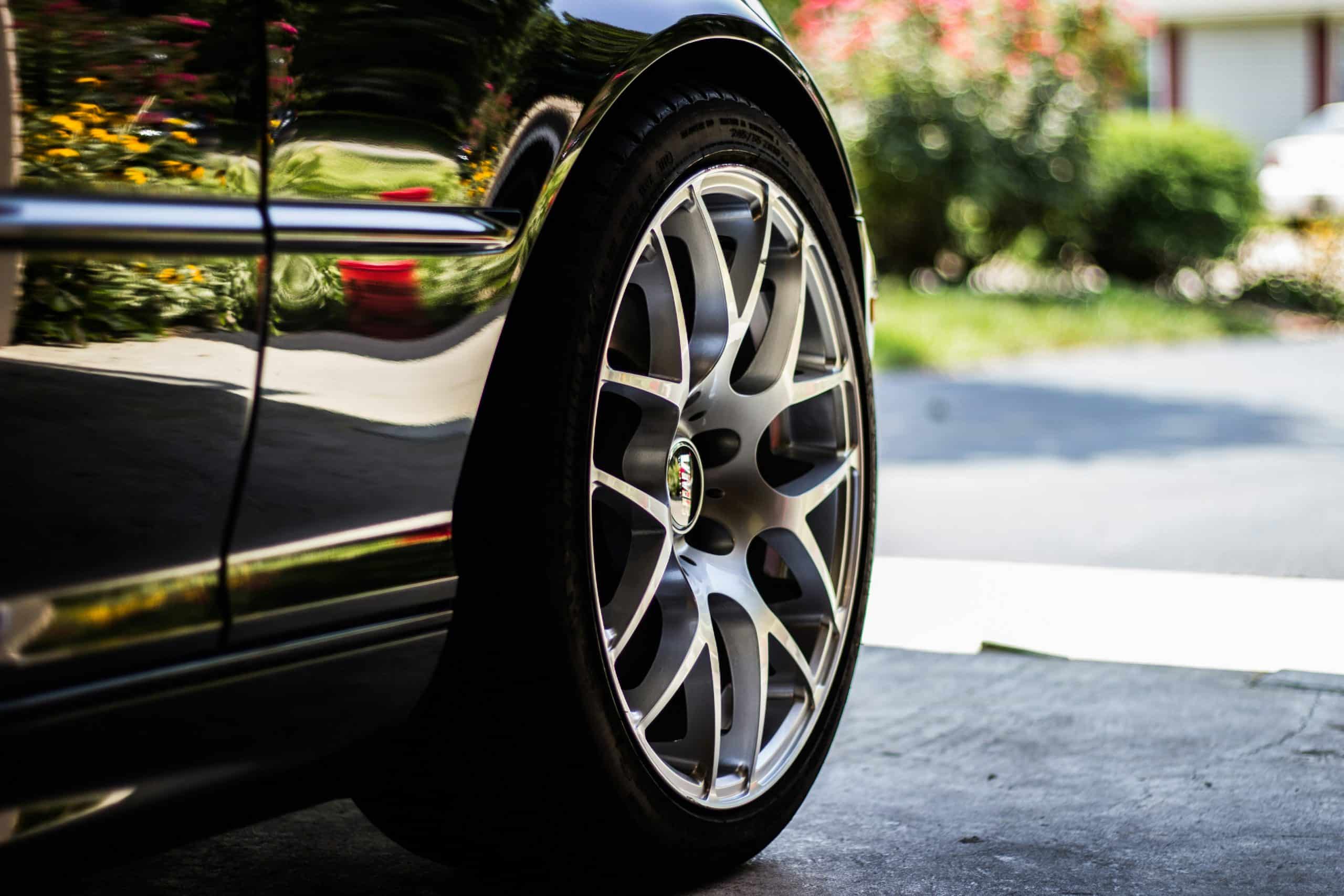In the world of vehicle maintenance, tires often take a backseat to the more intricate and seemingly critical components of your car. However, the overlooked tire plays a vital role in both your car’s performance and its fuel economy. Did you know that you can significantly improve your vehicle’s fuel efficiency simply by maintaining proper tire pressure? This article will delve into the importance of tire pressure, exploring how it affects fuel efficiency and offering guidance on how to keep your tires at their best to save on gas and deliver optimal performance.
The Impact of Tire Pressure on Vehicle Performance
Before we delve into the relationship between tire pressure and fuel efficiency, it’s essential to understand how tire pressure impacts a vehicle’s overall performance.
Also to read : Can Upgraded Hoses Improve Cooling Efficiency?
Tire pressure is the amount of air in your car’s tires, measured in pounds per square inch (PSI). It is one of the key factors affecting how well your car drives. If your tires are underinflated, meaning they don’t have enough air, your vehicle may feel sluggish and less responsive to steering. On the other hand, if your tires are overinflated, they could make your ride uncomfortably bumpy and increase the risk of a blowout.
Properly inflated tires provide a balanced footprint on the road, ensuring that your car handles correctly and responds predictably in different driving situations. Maintaining the right tire pressure also helps your tires wear evenly and last longer, which means you won’t need to buy new ones as often.
Also to read : How to Enhance Off-Road Capability with Skid Plates?
So, how does all this relate to fuel efficiency? Let’s explore.
The Relationship Between Tire Pressure and Fuel Efficiency
Tires are the only part of your vehicle that touches the ground, meaning they have a direct impact on how much energy your car needs to move. When your tires are underinflated, they create more rolling resistance. This means your vehicle’s engine has to work harder to keep your car moving, resulting in higher fuel consumption.
According to the U.S Department of Energy, for every 1 PSI drop in pressure under the recommended level, your gas mileage can decrease by up to 0.2%. This might not sound like much, but it can quickly add up over time, especially if you do a lot of driving.
On the other hand, overinflated tires can also harm fuel economy. While they do reduce rolling resistance, they’re more likely to bounce on the road, causing your car to consume more fuel to maintain a smooth ride. Therefore, the key to optimizing fuel efficiency lies in maintaining the correct tire pressure.
How to Check and Adjust Tire Pressure
Ensuring your tires have the right amount of pressure is a straightforward process that you can perform at home with the right equipment. You’ll need a tire pressure gauge, which is an affordable and handy tool that fits in your glove compartment.
Firstly, check the manufacturer’s recommended tire pressure for your vehicle. This information can be found in your car’s owner manual or on a sticker located inside the driver’s side door jamb or glove box door.
To check the pressure, remove the valve cap from one of your tires, and place the pressure gauge on the valve stem. The gauge will display a reading in PSI. If the reading is lower than the recommended level, you’ll need to inflate the tire. If it’s higher, you’ll need to let some air out.
To inflate the tire, you can use an air compressor at home or at a gas station. Remove the valve cap, attach the air hose to the valve, and fill until the correct pressure is reached.
Checking and adjusting your tire pressure should ideally be done monthly and before long trips. And remember, tire pressure should always be checked when the tires are cold, as driving heats up the tires and increases the pressure inside them, giving you a false reading.
The Role of Nitrogen in Tire Pressure and Fuel Efficiency
Some vehicle owners choose to fill their tires with nitrogen instead of regular air. Why? Because nitrogen molecules are larger than those in air, they escape from tires more slowly, meaning tires filled with nitrogen maintain their pressure longer.
Moreover, nitrogen is less reactive than oxygen (which makes up about 20% of air), making it less likely to cause corrosion to your car’s wheels. Nitrogen also doesn’t heat up as quickly as air when driving, which can help maintain a stable tire pressure.
While using nitrogen might not make a significant difference to your fuel efficiency compared to using air, it can make maintaining the correct tire pressure easier, which can indirectly lead to improved fuel economy. However, filling tires with nitrogen can cost more than using regular air, so be sure to weigh the potential benefits against the cost.
In conclusion, maintaining the correct tire pressure is a simple yet effective way to improve your vehicle’s fuel efficiency. It’s an easy aspect of vehicle maintenance to overlook, but keeping your tires properly inflated can have a big impact on how much you spend on fuel and the overall performance of your car.
The Importance of Regular Tire Pressure Checks
Understanding the significant role that tire pressure plays in fuel efficiency and overall vehicle performance is just the first step. The next crucial step is ensuring that you are regularly monitoring and adjusting your tire pressure.
Most vehicle owners know to check fluid levels, replace the air filter, and keep an eye on their vehicle’s engine performance. However, tire pressure is an aspect that is often overlooked. Regular tire pressure checks are crucial to maintain a fuel efficient vehicle and should be added to your regular vehicle maintenance routine.
Vehicle manufacturers often recommend checking tire pressure at least once a month. However, it wouldn’t hurt to perform this check more frequently, especially if you drive long distances regularly or carry heavy loads. Checking the tire pressure is not too complex, and with a tire pressure gauge, it becomes a straightforward task.
Regular checks allow you to detect any changes in tire pressure and correct them promptly. This practice will help you maintain the optimal tire pressure for your vehicle, leading to improved fuel economy and better handling. It also minimizes the risk of premature tire wear, blowouts, and flat tires.
Don’t forget to check your spare tire as well, in case you need it. A properly inflated spare tire can save you from a lot of hassle in the event of a flat tire or a blowout.
Conclusion: The Power of Proper Tire Pressure on Fuel Efficiency
As we delve into the world of vehicle maintenance and fuel efficiency, it becomes evident that the humble tire carries a significant weight. The impact of proper tire pressure on a vehicle’s fuel consumption, handling, and overall performance is substantial.
Whether you’re using regular air or nitrogen filled tires, maintaining the correct tire pressure is essential. It ensures low rolling resistance, optimum gas mileage, and a comfortable, smooth ride. Not to mention, it also extends the life of your tires, saving you money in the long run.
In the quest for a more fuel efficient vehicle, don’t forget the essential role of properly inflated tires. Incorporate regular tire pressure checks into your maintenance routine. Remember, a small step like this can lead to significant savings in fuel costs and make a big difference in your vehicle’s performance and your driving experience.
So, next time you fuel up, spare a thought for your tires. A quick check and adjustment, if necessary, could lead to a smoother, more fuel-efficient ride. After all, in the world of vehicles, every little bit of efficiency helps!











